Discover and read the best of Twitter Threads about #Exoplanets
Most recents (13)
1/ 🌌🧬 Delving deeper into the realms of AI, consciousness, and the cosmos, we'll explore emerging technologies, theories, and insights shaping the future of our understanding. Get ready for the next chapter in this exhilarating adventure! #AI #Consciousness #Cosmology
2/ 🔮📡 As technology advances, we're witnessing the rise of quantum computing, neuroprosthetics, and brain-computer interfaces, expanding the horizons of AI and consciousness research. #QuantumComputing #Neuroprosthetics #BrainComputerInterfaces
3/ 🧠💡 Cognitive science and neuroscience have made strides in understanding the mind's inner workings, contributing to our grasp on consciousness and its connection to AI. #CognitiveScience #Neuroscience #Mind
Hi! we are @InafOact and we're happy to join the #CataniaResearchShow. We'll present the latest results of our projects.
Follow the whole show, we'll then pass the baton to @lottabiolab next!
#SharperNight #EuropeanResearchersNight #ERN21 #MSCANight #ERNItaly #SharperNightCatania
Follow the whole show, we'll then pass the baton to @lottabiolab next!
#SharperNight #EuropeanResearchersNight #ERN21 #MSCANight #ERNItaly #SharperNightCatania

#SolarPhysics These images show the latest Hα and continuum image of the Sun acquired at @InafOact with a quality index equal to 1 (1 =good, 3 = bad). They provide a view of the solar chromosphere and photosphere. The observations are carried out between 8:00 and 14:00 CET/CEST. 

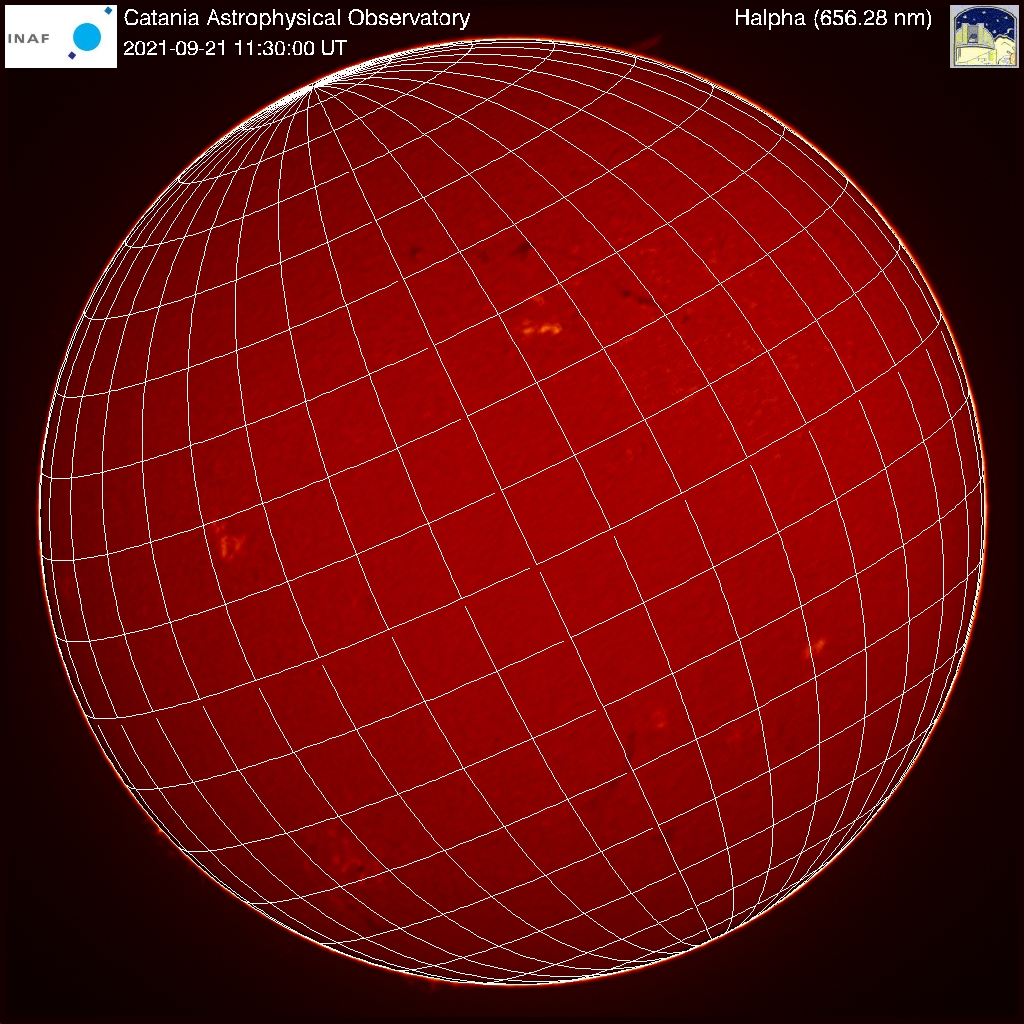
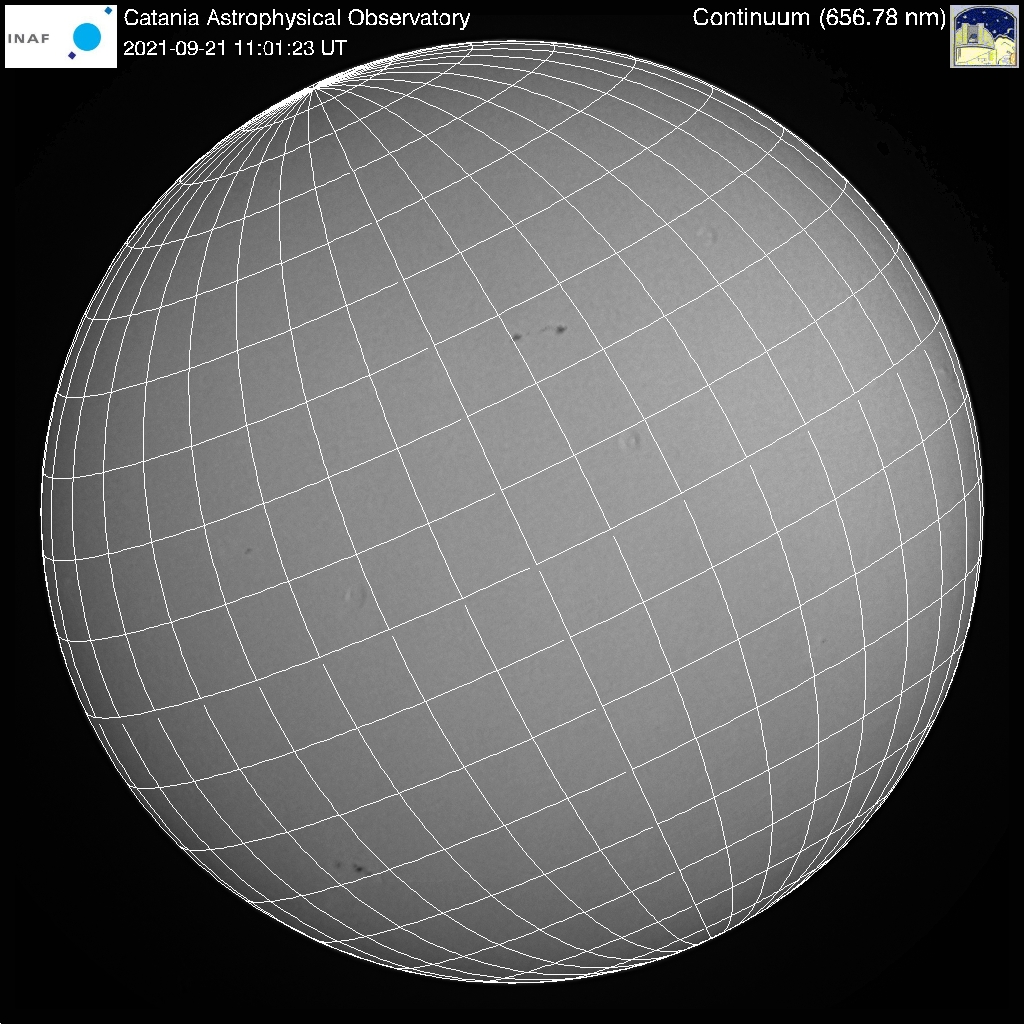
The past month of #SaganNews (May 2021)
The @CSInst follows the footsteps of #CarlSagan bringing you the latest research in #astronomy, #exoplanets, #scicomm & more!
Our interdisciplinary team shares interesting scientific discoveries with you regularly. 1/22
The @CSInst follows the footsteps of #CarlSagan bringing you the latest research in #astronomy, #exoplanets, #scicomm & more!
Our interdisciplinary team shares interesting scientific discoveries with you regularly. 1/22

"Sufficiently dense Kuramoto networks are globally synchronizing"
Kassabov, M., Strogatz, S.H. (@stevenstrogatz), Townsend, A.
arxiv.org/abs/2105.11406
#SaganNews 2/22
Kassabov, M., Strogatz, S.H. (@stevenstrogatz), Townsend, A.
arxiv.org/abs/2105.11406
#SaganNews 2/22

"Differentiating Modern and Prebiotic Earth Scenarios for TRAPPIST-1e: High-resolution Transmission Spectra and Predictions for JWST"
Lin, Z., MacDonald, R.J. (@MartianColonist), Kaltenegger, L. (@KalteneggerLisa), Wilson, D.J., MNRAS
arxiv.org/abs/2105.09319
#SaganNews 3/22
Lin, Z., MacDonald, R.J. (@MartianColonist), Kaltenegger, L. (@KalteneggerLisa), Wilson, D.J., MNRAS
arxiv.org/abs/2105.09319
#SaganNews 3/22

While it's great to see the debate over solar cycle predictions and #SunspotCycle25 feature in the @nytimes it is unfortunate that the story leaves an impression of a lack of consensus/physics-based understanding. Thread 👇🏾1/n
@NYTScience #SpaceWeather #SunspotCycle25
@NYTScience #SpaceWeather #SunspotCycle25
First, the story by @overbye nicely connects understanding Sun's magnetism with exploration of other active stars and #exoplanets, wherein stellar activity influences conditions suitable for hosting life. It describes well how solar storms create #spaceweather impacting us 2/n 

But there are many issues that are misleading or sometimes simply incorrect. It says "A new cycle of storms will begin any day now". Well, #SolarCycle25 has already begun in late 2019. An early report on this is already published. See 👇🏾3/n
doi.org/10.3847/2515-5…
doi.org/10.3847/2515-5…
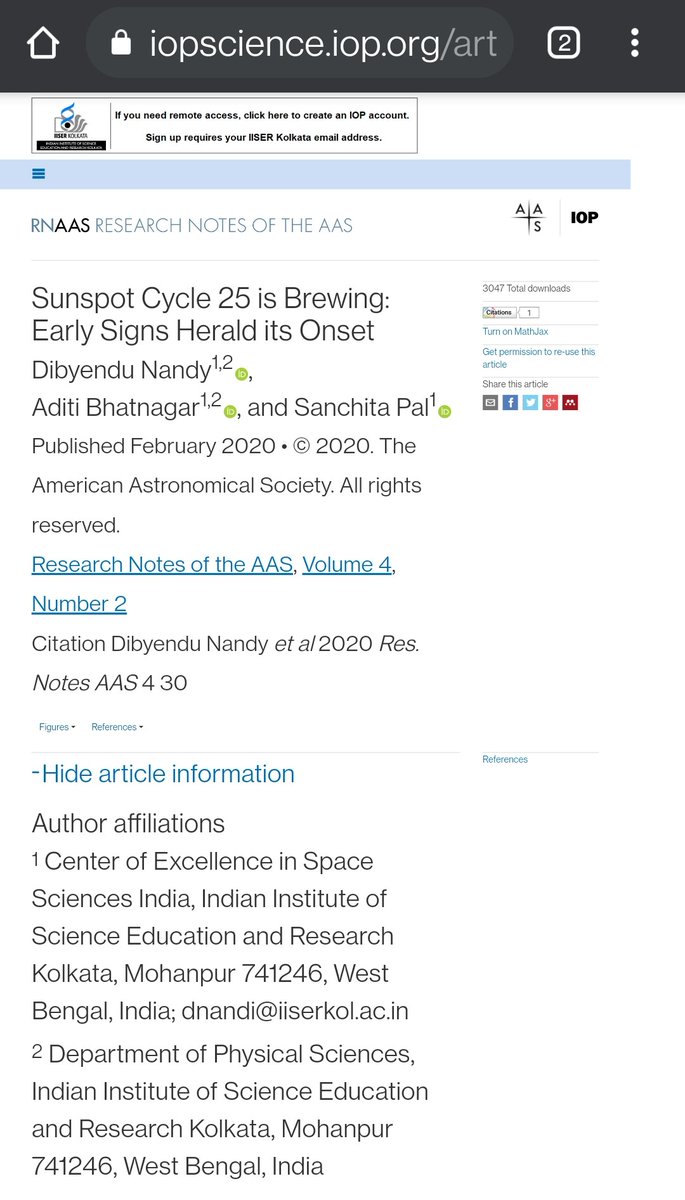
Herinnert u zich nog de laatste reportage over Jemen? #niet_in_journaal #nieuwsuur #1V #OP1 #bbvpro #NPORadio1 #Yemen #civil_war uk.reuters.com/article/uk-yem…
#niet_in_journaal #nieuwsuur #1V #Op1 #bbvpro #NPOradio1 #cybersecurity #cybercrime #Slothfulmedia securityaffairs.co/wordpress/1090…
Herinnert u zich nog de laatste reportage over een militair strategische kwestie? #niet_in_journaal #nieuwsuur #1V #Op1 #bbvpro #NPOradio1 #US #Russia #China #irregular_warfare asiatimes.com/2020/10/us-pre…
Things have quietened enough that I'm going to share my thoughts about the detection of #phosphine on #Venus announced yesterday.
In short: this is a BIG fucking deal. And here's why:
(a 🧵)
In short: this is a BIG fucking deal. And here's why:
(a 🧵)

Phosphine (PH₃) is a fairly rare gas. It forms in giant planets, like #Jupiter, because of the extreme conditions inside them (and because of their hydrogen-rich atmospheres). Neither condition applies to Venus.
PH₃ is also produced by biological activity.
PH₃ is also produced by biological activity.

As a result, it's thought to be a useful thing to look for in the atmospheres of #exoplanets that might be habitable.
But nobody expected to find it in the atmosphere of Venus—a world the team led by Prof. Greaves (@jgreaves6) used to test their detection methods.
But nobody expected to find it in the atmosphere of Venus—a world the team led by Prof. Greaves (@jgreaves6) used to test their detection methods.

Rich Universe: Study Suggests Possibility of Hidden Diamond Core in Carbon-rich Exoplanets - by @MrigDixit
weather.com/en-IN/india/sc…
weather.com/en-IN/india/sc…

The universe is home to trillions of intriguing celestial objects, most of which are yet to be discovered and explored. The most common, yet fascinating among these are the exoplanets—types of planets that orbit a star other than our Sun.
Now, scientists have deduced that the universe could be much ‘richer’ than previous estimates, with the presence of diamonds in the core of several exoplanets.
#niet_in_journaal #nieuwsuur #1V #Op1 #bbvpro #NPOradio1 #Afghanistan #Taliban #talks reuters.com/article/us-pak…
Voor het geval u zich afvraagt hoe het in die oorlogen is afgelopen omdat het #journaal er niets meer over rapporteert #niet_in_journaal #nieuwsuur #1V #Op1 #bbvpro #NPORadio1 #ACLED #political_violence #terrorism #statististics acleddata.com/2020/08/18/mid…
So let's imagine we developed the ability to send future astronauts like @astrotoya as far as we want out into the Galaxy to visit #exoplanets. With all these "Earth-like" planets out there, how do we know where to send her?
In the end, if we just know the radius, mass, and position in the habitable zone, there is no difference between #Earth as it is today and #Venus. And you don't want to travel for years to then end up on inhospitable Venus. 

We want #water, #oxygen, #plants, all the things needed to make a good Caipirinha, and to preferably drink it on some alien beach. But for that, we need to first answer the following question: What would #Earth look like as a faraway #exoplanet?
1/n Did you know that early #career researchers based in #Europe are trying to gather together (EPEC) under the cover of @europlanetmedia and work together on several different topics? On of them is #outreach of space science... 

2/n Outreach plays a very important role in the scientific community. By spreading scientific news to the public, we can both inspire them and also engage different audiences with planetary sciences. However, to be good in outreach is not really easy... 

3/n Therefore me and @AnastasiaKokori started a project named "Inspiring story of the month" in which we would like to share with you one story every month in which you can learn what our colleges - early career researchers - done across the Europe to promote their work/science 

Moving on from #Asteroids #Exoplanets #SolarEclipse #StarSpectrum we now focus on #Satellites
Sputnik 1 was the first satellite to be launched (1957). Over 1200 active satellites are currently orbiting Earth.
Check out the LIVE Satellite Map maps.esri.com/rc/sat/index.h…
Sputnik 1 was the first satellite to be launched (1957). Over 1200 active satellites are currently orbiting Earth.
Check out the LIVE Satellite Map maps.esri.com/rc/sat/index.h…
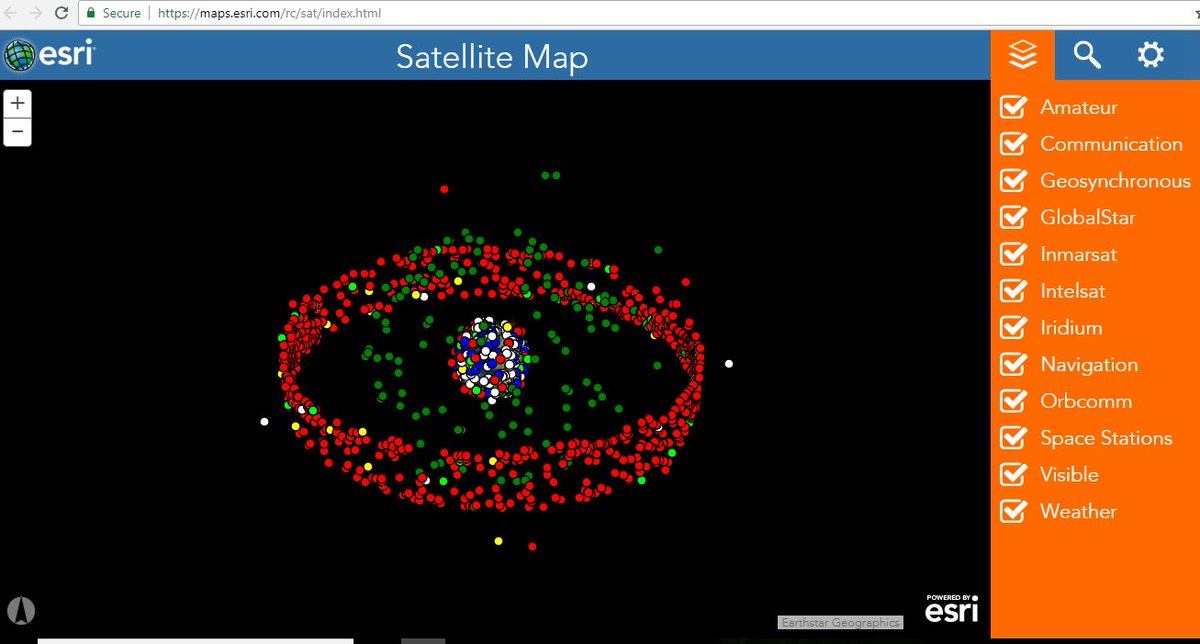
Satellites come in different sizes: from the size of a lunch box to that of a small school bus.
And they are used for different purposes: Climate Monitoring, Agriculture, Telecommunications, Research....
And they are used for different purposes: Climate Monitoring, Agriculture, Telecommunications, Research....

Can #CitizenScientists access data from these satellites?
Yes! NASA makes available near LIVE data from many of its satellites in an interactive interface.
Allows browsing full-resolution, global satellite imagery!
worldview.earthdata.nasa.gov
Use it for your projects!
Yes! NASA makes available near LIVE data from many of its satellites in an interactive interface.
Allows browsing full-resolution, global satellite imagery!
worldview.earthdata.nasa.gov
Use it for your projects!
Starting from #Asteroids and #Exoplanets where we shared the Research behind our #SpaceRex project (for Asteroid Detection using #ArtificialIntelligence) and #TRAPPIST1 project (where large Resonant Chains which provide stability to this Exoplanetary system), we move to our Sun! 

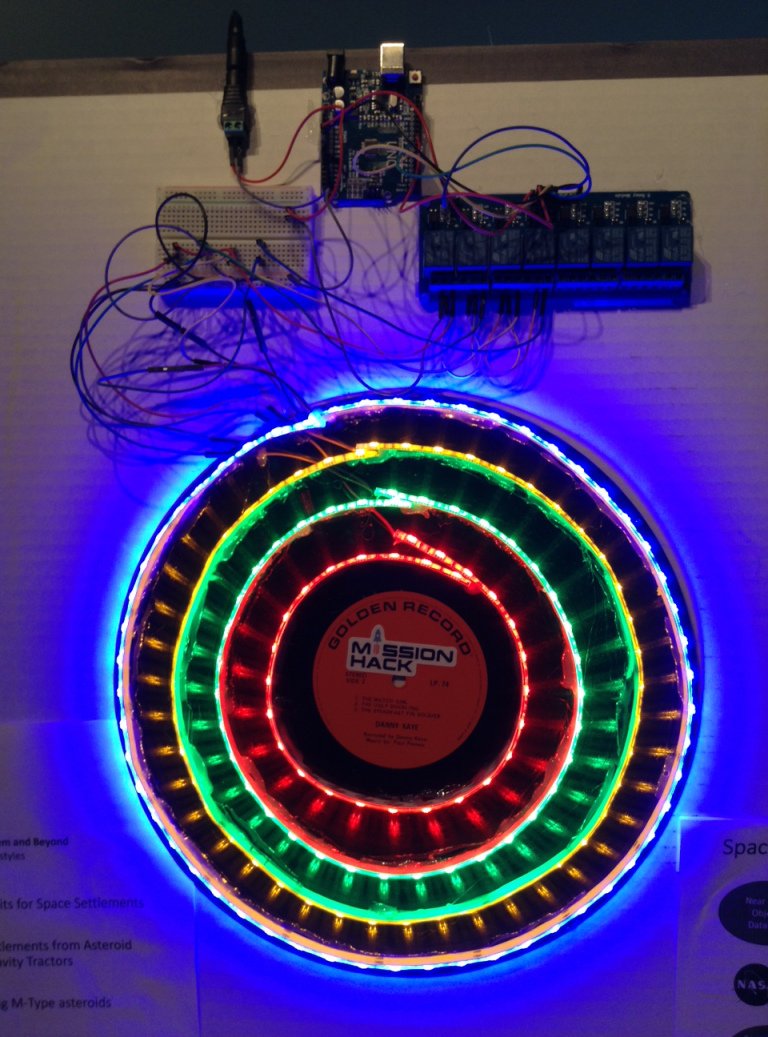
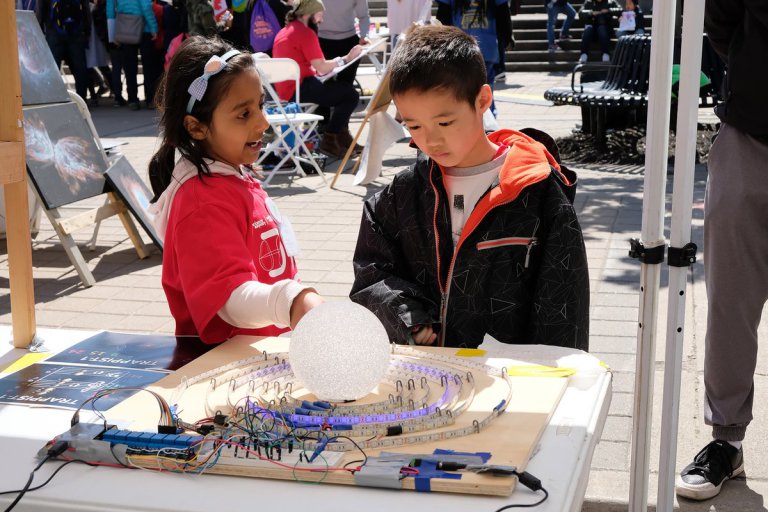
We wondered if Astronomers can find planets around stars 1000s of light years using Transit Method (dip in star's brightness because of orbiting planets) could we use this method on our parent Star- the Sun?
A unique opportunity came on 21 Aug 2017- the #TotalSolarEclipse in US
A unique opportunity came on 21 Aug 2017- the #TotalSolarEclipse in US

Solar eclipses happen when Moon's shadow falls on the Earth as it passes between us and the Sun.
On 21 Aug 2017, Moon would pass between Sun and the Earth, appearing to block the Sun for almost 90 mins.
We wanted to measure dip in Sun's Brightness during this Transit Event.
On 21 Aug 2017, Moon would pass between Sun and the Earth, appearing to block the Sun for almost 90 mins.
We wanted to measure dip in Sun's Brightness during this Transit Event.
